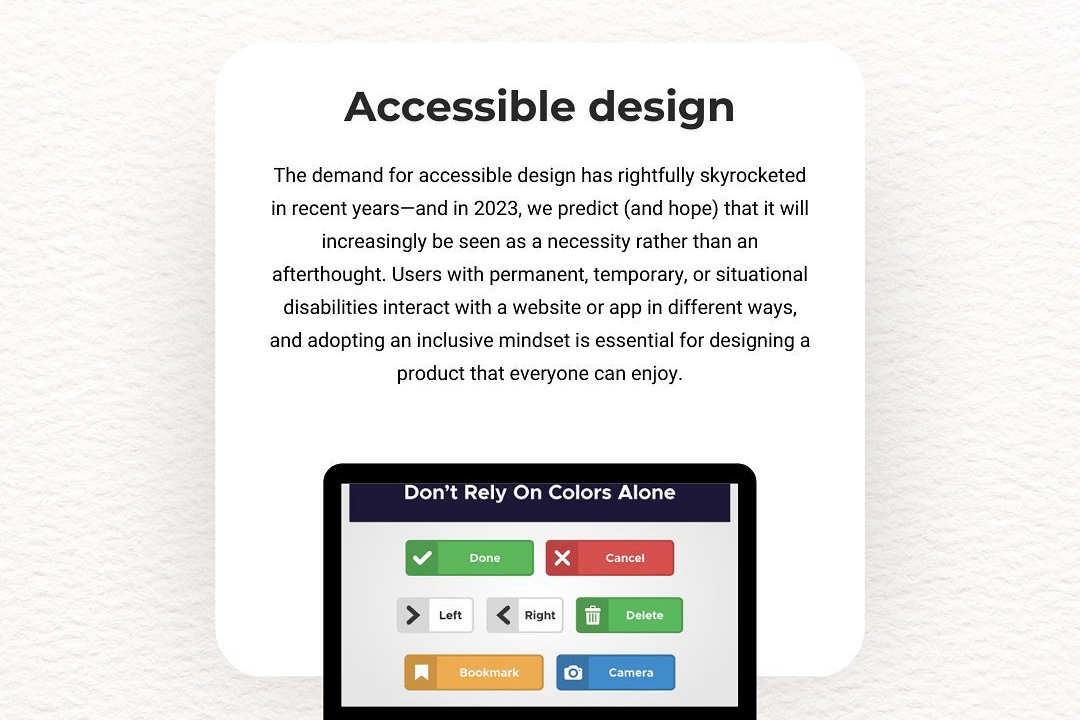Ios application scalability strategies
Strategies for Scaling iOS Applications Effectively
Ios application scalability strategies
iOS application scalability strategies involve designing and implementing an architecture that allows an application to handle increasing numbers of users and data without compromising performance. Key strategies include adopting a modular architecture, such as using the Model-View-Controller (MVC) or Model-View-ViewModel (MVVM) patterns, to separate concerns and facilitate easier updates and maintenance. Leveraging cloud services for backend processes and data storage can provide on-demand resources that scale according to user load. Additionally, employing caching mechanisms, optimizing network requests, and utilizing APIs effectively can enhance performance. It's also crucial to incorporate analytics to monitor app performance and user behavior, allowing for data-driven decisions on enhancements and optimizations as the app grows. Finally, using asynchronous programming and multi-threading ensures that the app remains responsive even under heavy load.
To Download Our Brochure: https://www.justacademy.co/download-brochure-for-free
Message us for more information: +91 9987184296
1 - Modular Architecture: Design your app using a modular approach, separating components into distinct modules. This allows for easier updates and scalability as different teams can work independently on each module.
2) Microservices: Consider using a microservices architecture for backend services. This divides the application’s backend into small, independently deployable services that can scale independently based on demand.
3) Cloud Infrastructure: Leverage cloud services such as AWS, Azure, or Google Cloud for hosting your backend. Cloud services offer scalable resources that can automatically adjust to traffic load, allowing applications to handle increased user demand.
4) Load Balancing: Implement load balancers to distribute incoming traffic across multiple servers. This ensures that no single server becomes a bottleneck, improving performance and reliability.
5) Database Scalability: Use scalable database solutions, such as NoSQL databases (like MongoDB) or cloud based databases (like Firebase Firestore), which can handle large volumes of data and simultaneous write/read operations effectively.
6) Caching Strategies: Implement caching mechanisms (e.g., using Redis or Memcached) to store frequently accessed data in memory, reducing database load and improving response times.
7) Asynchronous Processing: Use asynchronous processing for tasks that do not require immediate feedback (e.g., sending emails, processing images). This can help keep the app responsive and free up resources.
8) Pagination and Lazy Loading: For data heavy applications, implement pagination or lazy loading techniques to load only the necessary data as the user navigates through the app, reducing initial loading times and memory usage.
9) Optimize UI Rendering: Ensure efficient UI rendering by minimizing the use of complex layouts and excessive views. Utilize tools like Instruments to identify and optimize performance bottlenecks in the UI.
10) Analytics and Monitoring: Integrate analytics tools (like Firebase Analytics) and monitoring services (such as Sentry) to track performance and user behavior, enabling data driven decisions for scalability enhancements.
11) Version Control and Continuous Integration: Use version control systems (like Git) and CI/CD practices to streamline code changes and deployment processes. This ensures that updates can be deployed smoothly and quickly without downtime.
12) Performance Testing: Regularly conduct performance testing using tools like XCTest or third party services. This helps identify potential bottlenecks and ensure that the app can handle increased load as it scales.
13) User Feedback Mechanisms: Implement user feedback tools to gather insights and monitor how users interact with the application. Analyzing this feedback can guide future scalability enhancements and feature developments.
14) API Rate Limiting: Introduce rate limiting on APIs to manage the load effectively. This prevents abuse and ensures that the backend can handle requests without degrading performance.
15) Graceful Degradation: Plan for failure scenarios by implementing graceful degradation strategies. Ensure that the app remains functional, even if some features are temporarily unavailable, enhancing user experience during high loads or outages.
Each of these strategies contributes to the overall scalability of an iOS application, ensuring it can grow to handle an increasing number of users and data without compromising performance or user experience.
Browse our course links : https://www.justacademy.co/all-courses
To Join our FREE DEMO Session: Click Here
Contact Us for more info:
- Message us on Whatsapp: +91 9987184296
- Email id: info@justacademy.co












